To replace the Fallen World System with the Kingdom of God is the gospel the Lord announced to Adam in Genesis 3:15. The world of death shall be replaced by the world of life. Evil is to be replaced by good, not ruled over counterculturally or run from subculturally. This sense of replace is like what happened to Jesus’ body when He was resurrected. His old body was transformed and in this sense was replaced by His new body. But the body that was resurrected was the transformed old body. Thus transform serves as a synonym for replace. Likewise, the New Heavens and the New Earth replace the First Heavens and the First Earth, but not in the sense that the latter gets annihilated from existence and “replaced” by a completely new version of the heavens and earth. The first is transformed by resurrection power into the second. The resurrection is the power of replacing all things ruined with restored versions of themselves, whether that is people or planets or the whole of creation. Christ’s resurrection is bringing about the restoration and transformation of all things, not their annihilation. This process of replacement that began in Genesis 3:15 is about making “all things new,” not making new things (Rev. 21:5).
Also see Counterculture, Kingdomculture, Restitution, Restoration, Subculture, Theosis, and Transformation.
